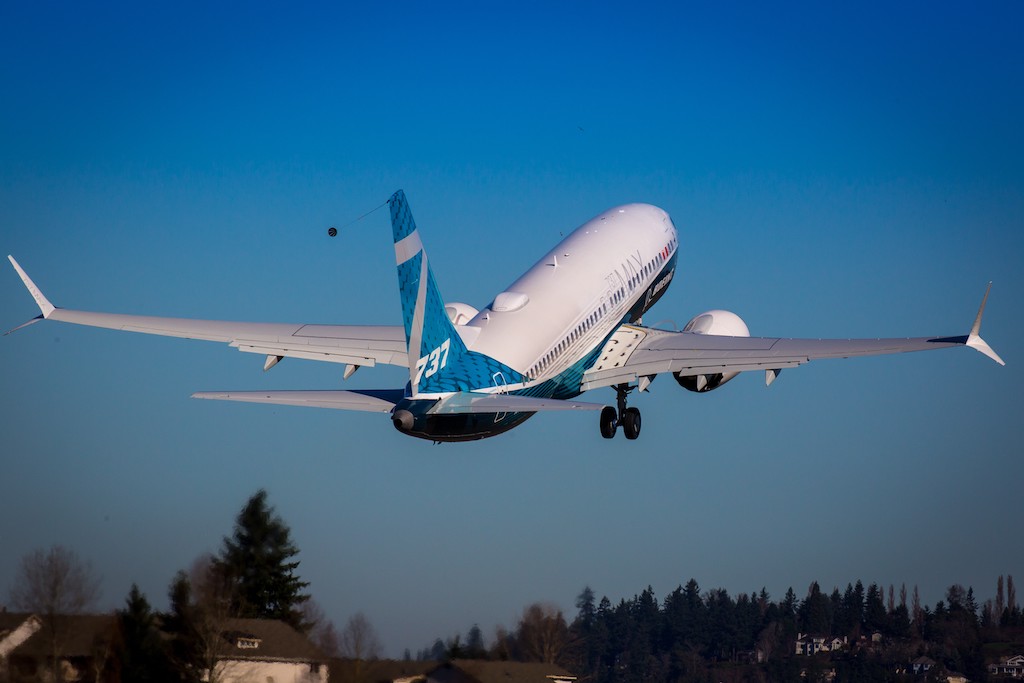Next 10 Years Could Be a Lost Decade, Boeing Forecast Suggests

Photo Credit: Boeing
The coronavirus pandemic could result in a significantly smaller airline market for the next decade, Boeing's annual Market Outlook says. Although the market will recover, Boeing says, it could take longer than previously predicted and could hamper economic growth for years to come.
The forecast calculates the total value of the commercial and defense aerospace market for products from all manufacturers, not just Boeing. And although the airframer put a rosy spin on it, arguing the industry is "resilient" and has returned from other crises, the underlying numbers paint a grim picture.
Boeing estimates the total value of the commercial and defense military markets to be about $8.5 trillion over the next 10 years, down from last year's forecast of $8.7 trillion. That's $200 billion less than it expected last year. Or thought of another way, that's 200 billion fewer dollars it thinks will ripple through the world's economy. This will have an enormous effect, of course, on employment, and on suppliers, hotels, and every other aspect of business connected to the travel (and defense) industry.
Airlines around the world will require more than 18,000 aircraft over the next decade, but that's 11% fewer than Boeing forecast last year. That translates into roughly 2,000 fewer aircraft -- or 200 fewer per year -- over the next 10 years. Once again, companies will be producing fewer aircraft, which likely will mean fewer workers at airframers, suppliers, and other supporting businesses, and at airlines, and this will, too, will ripple through the economy. Just this week, Airbus said it will need a minimum of 15,000 fewer employees as demand for its aircraft has fallen.
And about the recovery of travel, Boeing forecasts that it will take three years for commercial air travel to return to 2019 levels. Moreover, it will take five years for travel to return to the level it would have been if 2019 traffic trends had continued at the same pace. This is more optimistic than IATA's forecast of 2024 for air travel to return to 2019 levels, but not by much.
The scale of this downturn is unprecedented and breathtaking. Air travel is down 75% now compared with last year, IATA says. Boeing's forecast shows demand shocks after 9/11 and SARS and the 2008 global financial crisis were much, much smaller than the current demand shock, and the recovery from both crises (with 9/11 and SARS counting as one crisis) took less than two years. Boeing's data show that traffic measured in revenue passenger kilometers (RPKs) fell from over 8 trillion RPKs at the start of the year to 4 trillion now, and returning to 8 trillion will take years. It won't be until after the middle of this decade that RPKs will top 9 trillion, Boeing data show.
Did Boeing's forecast show any bright spots? The world's airlines will be busy replacing aging aircraft over the next two decades. Airlines will focus on narrowbody aircraft, which augurs well for Boeing's B737 and Airbus' A320 families. And airlines will need lots of new pilots and other trained professionals. Boeing estimates that airlines will need 2.4 million more pilots, cabin crew, and maintenance technicians between now and 2039. But until the recovery comes into clearer focus, that's cold comfort now.
